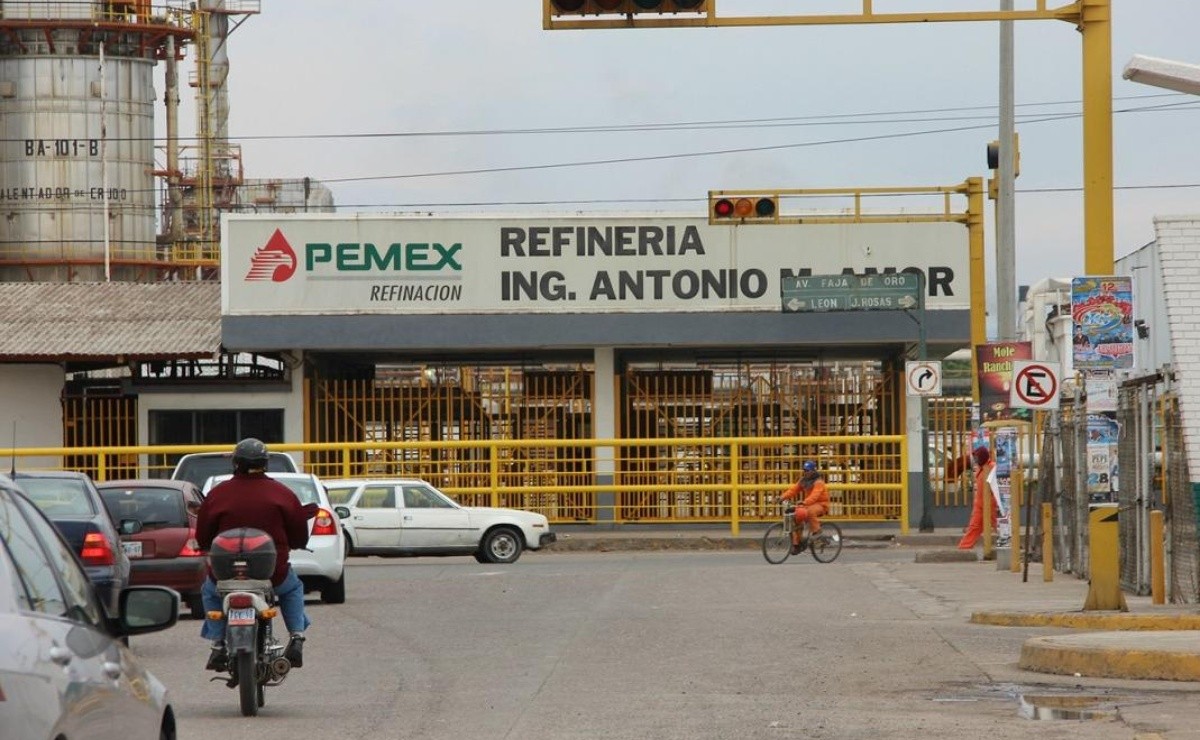Refineries are running out of space to store fuel oil

Mexico City (Carla Umania). The Tula and Salamanca refineries no longer have space to store fuel oil, a highly polluted waste they produce in large quantities due to the current administration’s commitment to increase refining capacity.
Last November, Pemex Transformación Industrial (PTRI) submitted a three-year lease tender for 444 tank trucks with a capacity of 20 to 30 thousand gallons to extract fuel oil from both specifications, with the idea of transporting it by rail to various ports in the country and exporting it. In ships.
In August 2020, the refineries were generating 80,000 barrels per day of fuel oil, as waste from gasoline and diesel production, but by December there were already 145,000 barrels per day.
The tank car tender was unsuccessful. No company asked questions at the demonstration meeting, and bids were not submitted, so it was declared invalid on November 23.
During 2020, given all of its refineries, Pemex processed an average of 590,000 barrels per day of crude, of which 175,800 barrels per day were from fuel oil, which is nearly 30 percent of the total processed oil.
There are even times when an oil company produces more fuel oil than gasoline. In the week from August 31 to September 6, 2020, diesel production reached 293,000 barrels per day, while gasoline production reached 218,000 barrels per day, according to data issued by Senir.
In contrast, in the United States, the percentage of fuel oil obtained is only 2 percent.
From 21 to 27 December last year, fuel oil inventories reached one million and 52 thousand barrels of 835 thousand barrels in 2019, an increase of 26 percent.
Rosanetti Barrios, a specialist in the energy sector, said this situation could eventually lead to the refineries to stop operating, given the inability of Pemex to store waste from the refineries.
“If refining means there is a problem in the place where a huge percentage of waste is kept, then the time will come when the treatment must be stopped,” he said.
Barrios also predicts that CFE will likely use more fuel oil to be able to operate for a longer period.
Currently, the major customer for the fuel oil that Pemex produces is, by far, CFE, which it burns at its most polluting plants, such as those at Tuxpan and Tula.
For more information on this topic and more, visit our News section.




